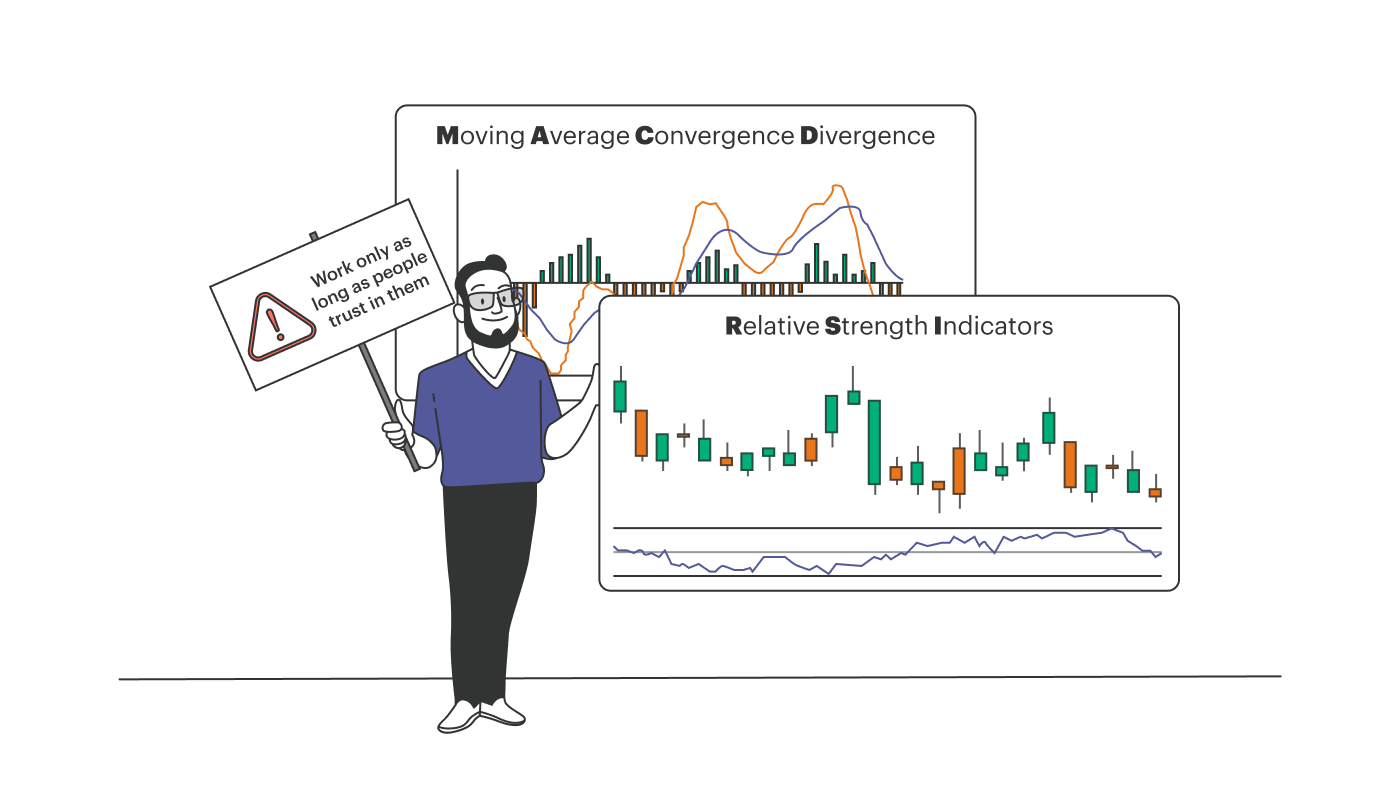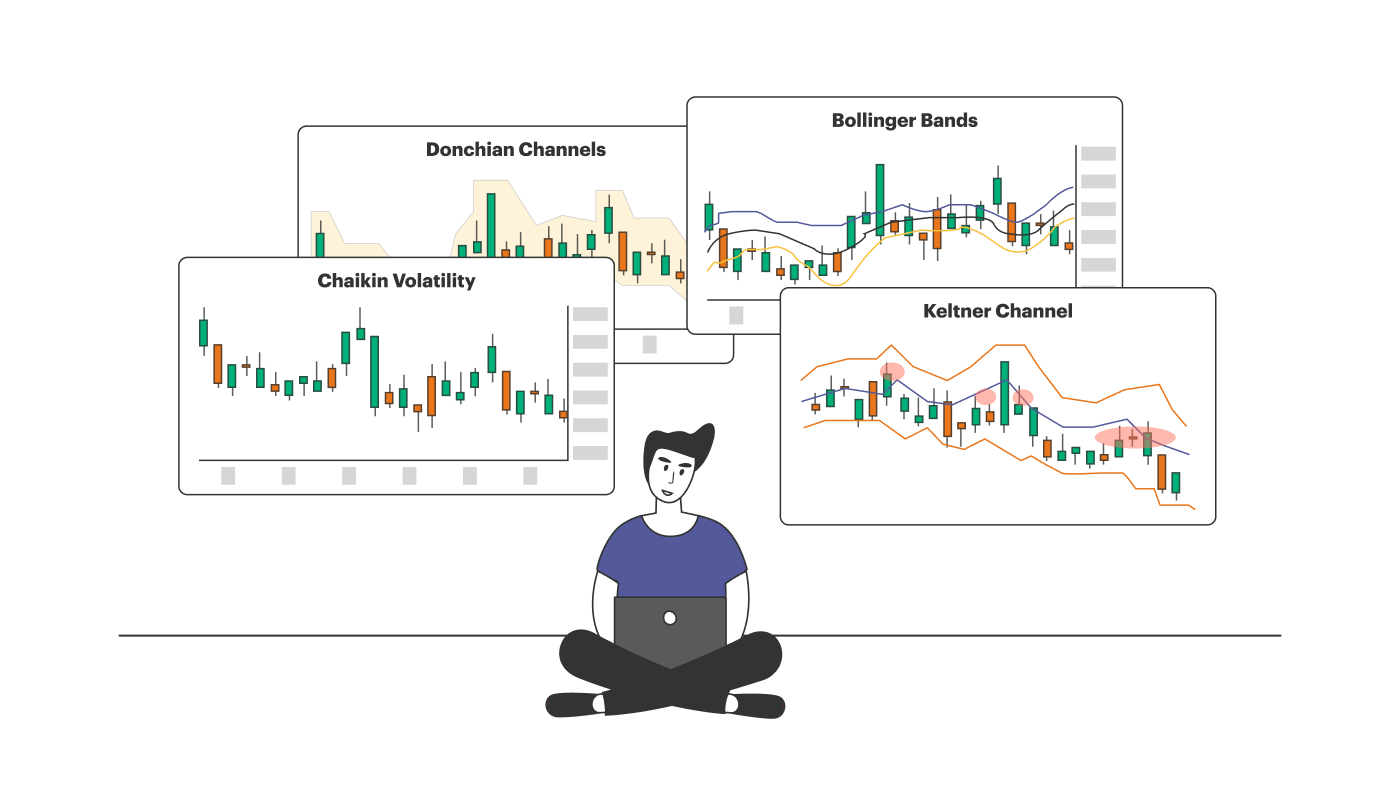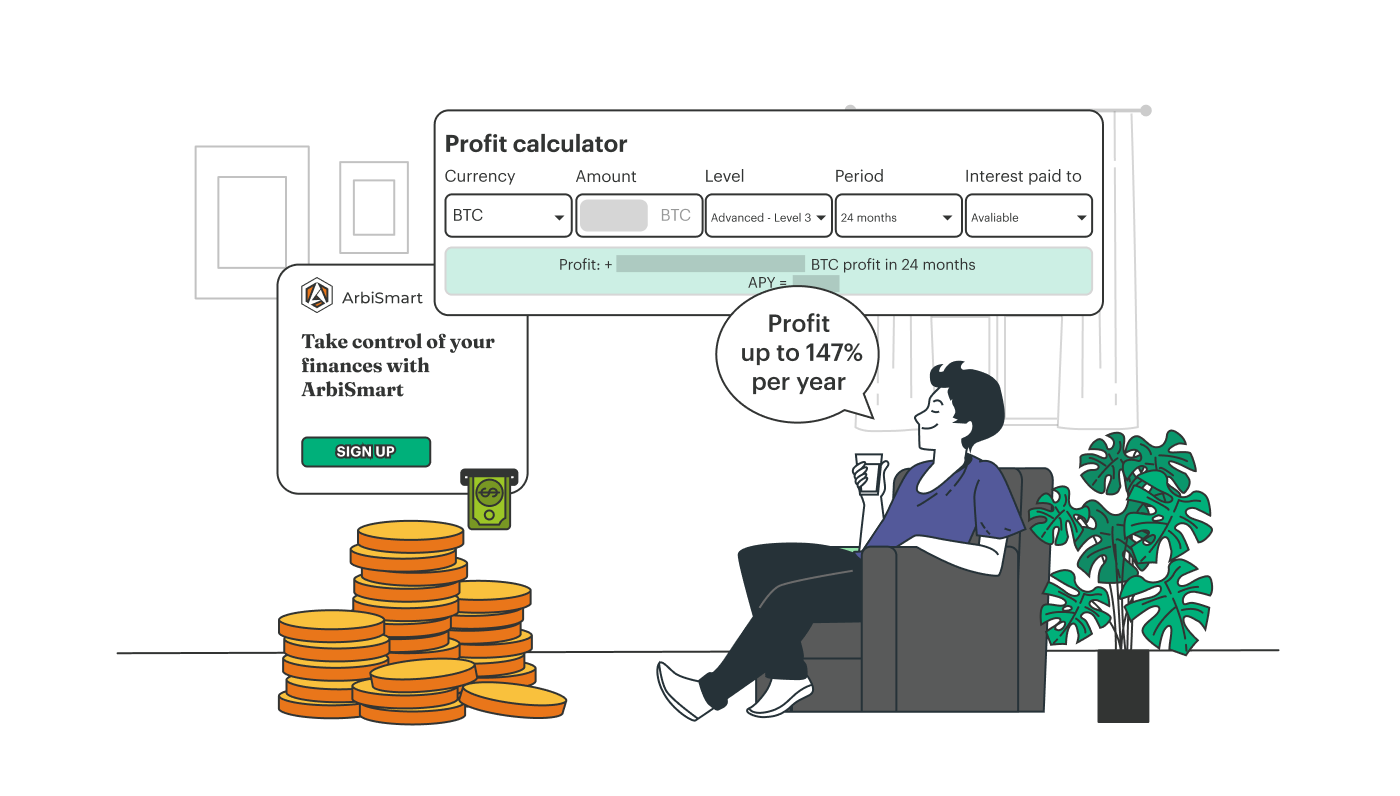How to Use Technical Analysis in Crypto
Technical analysis can be used to anticipate price trajectories for all types of assets, from stocks and indices to currencies and commodities. Yet, it is critical to adjust your approach to technical analysis depending on the type of asset you are using, and for the cryptocurrency markets, certain specific technical indicators are more appropriate than others.
A Basic Definition of Technical Analysis
Technical analysis involves an examination of market movements using asset charts to predict price trends. It is based on certain premises, such as the principle that market sentiment, political and economic news, company fundamentals, and other factors are already reflected in the market price of an asset. The cause of market movements is deemed irrelevant, all that matters is their effect on the price.

Technical analysis is also based on the theory that prices move according to trends, so by charting price action, emerging trends can be identified, and anticipated Another essential tenet of technical analysis is that history is cyclic and market patterns repeat themselves.
The Dangers of Technical Analysis
A primary criticism of technical analysis is that past data cannot dependably predict future trends as history does not repeat itself exactly as there are always different variables involved. Also, understanding various technical data sources can be complex and time consuming. Moreover, the bias or the analyst will impact how they interpret the data, which is not always clear cut.
Another issue is that an asset can have already experienced a major shift by the time the trend is identified using technical analysis, so when a market participant buys or sells the asset based on the price charts, they are making their move too late, after the market action has occurred.
Another argument against technical analysis is that the tools technical analysts use, such as Moving Average Convergence Divergence (MACD), and Relative Strength Indicators (RSI’s) work only as long as people trust in them, creating a self-fulfilling prophecy. In other words, the market will move in the direction predicted, because people believe in the method of prediction.

One more danger of technical analysis is that it ignores fundamentals, which are the factors that cause market shifts. This is particularly relevant in the crypto market where regulatory changes can have a massive, and immediate, impact on the price of an asset.
How Technical Analysis for Crypto Is Different than for Other Asset Types
Technical analysis can be used to identify price trends for all kinds of assets, but crypto is different and requires a specifically tailored approach. The main reason for this is the extreme volatility of the crypto markets. This means greater risk, but also, potentially far greater returns. Therefore, it is critical to use the right volatility indicators. Those most suited for the crypto market include Chaikin volatility, Donchian Channels, Bollinger Bands, Relative volatility, and Keltner Channel volatility indicators.
Chaikin’s volatility indicator quantifies volatility as the difference between two moving averages of a volume weighted accumulation-distribution line, and Keltner Channels place bands around emerging prices to assess volatility and anticipate price trajectories. Donchian Channels examine price extremes over a given time frame to build upper, lower, and mid-range bands, while Bollinger Bands track breakouts.

Technical indicators are going to be interpreted in different ways in volatile markets, so you might examine short-term ranges to take advantage of shorter timeframes, immediately looking for changes in market behavior, the second a market starts to trend in a specific direction or seek out reversals at the extremes.
More pyramiding and trailing stops might be valuable as the market progresses through a trending pattern and market participants might limit their exposure while closely monitoring volume and tracking potential breaks to either the upside or the downside.
Due to the high volatility of digital assets, many crypto market participants use technical analysis for shorter time periods, of under a month, as opposed to long-term investments. On a purely practical level, the crypto market has a shorter price history than older, more well-established asset types, and this can have a huge impact when using mathematical and statistical models to predict crypto price movements, since more historical data, allows algorithm trading systems to provide greater accuracy.
Crypto market volatility means that high frequency trading offered by bots will ensure a competitive edge. Algo systems allow crypto market participants to use technical signals to instantly perform transactions 24/7, so they don’t miss out on emerging, short-term opportunities.
Better to Keep It Simple
Technical analysis can be exceptionally complex, requiring plenty of practice, a certain level of financial and mathematical capability and ongoing, daily hands-on-involvement in the management of your portfolio.
Here at ArbiSmart, you just need to sign up and deposit funds with our EU authorized automated crypto arbitrage platform and financial services hub, and that’s it. You don’t need to monitor the market, perform complex technical analysis, or manage your trades. Our algorithmic trading system will do it all, generating steady predictable returns, on your behalf, that can be calculated in advance, and that reach up to 147% a year.

Exceptionally low-risk, crypto arbitrage makes a profit from temporary price disparities across exchanges, which occur equally regularly in bull or bear markets, so you are largely shielded from the dangers of market volatility.
The value of technical indicators lies in the skill and interpretation of the analyst, and in the market moving the same as it has historically, meaning that while undeniably useful, they are far from fool-proof. So, to minimize risk and guarantee a consistent, generous passive profit, automated crypto arbitrage offers a simple secure alternative to other crypto trading strategies.
Learn more about crypto arbitrage or a variety of other crypto and blockchain related strategies and developments, by browsing the ArbiSmart blog.